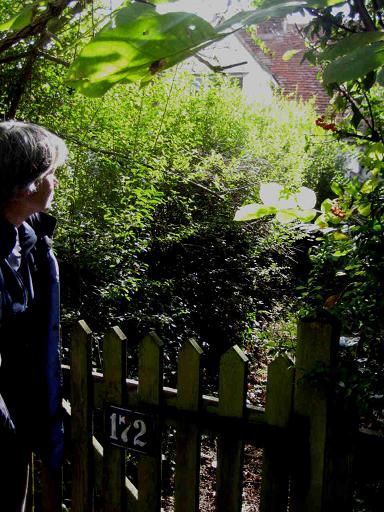Jo Hayes
Liberal Democrat Parliamentary Spokesperson for Witham Learn more
The story of 172 Lexden Road
by Jo Hayes on 19 February, 2010

The late Arthur Brown’s house, 172 Lexden Road, which I am trying to save from demolition, turns out to be at least 337 years old. This is shown by the will of Thomas Cole of Lexden, who signed it in 1672. It was admitted to probate in April of that year. That was in the reign of Charles II. You can view a digital copy of the will on the Essex Records Office website. (To find their online catalogue, in Google, just type in SEAX.) The Testator mentions that he purchased the property from a certain David Upcher, and leaves it to his son William Cole. The Upchers were, I suspect, descendants of Thomas Upcher, who is mentioned as being a radical protestant pastor of St Leonard’s Church, Lexden, during Elizabeth I’s reign.The house is then mentioned in an entry made in 1676 in one of the court books for the Manor of Lexden, where it is recorded (in legal Latin and difficult script) that William Cole had died and that his widow Elizabeth was admitted to the copyhold of the house with an orchard and garden. A manorial court roll records that Elizabeth’s son, also called William, who was the remainderman, predeceased her in 1706; and that later the house was mortgaged and passed into the ownership of Daniel Green, farmer. Daniel died in 1729 (early in the reign of George II); a probate copy of his will can be viewed on microfiche in the local history section of the public library in Colchester town centre. The will gives reason to think the house could then have been a farmhouse. Being before the Enclosure Acts, the house could then have been one of a cluster of farmhouses with scattered holdings in different fields. The house also had common rights of grazing, as later deeds show; the rights may have been enjoyed over what was then Lexden Heath, which extended from there southwards to the Leather Bottle pub in Shrub End. At any rate, the house passed into the ownership of Daniel’s son Isaac Green. Isaac flourished during the 18th century because there was a building boom at that time, and other sources tell us he was a successful builder who constructed several major buildings in Georgian Colchester. An epitome of title in a bundle of deeds from the Papillon family estate shows that in 1754 Isaac Green settled the house as part of his marriage settlement. He died in 1799 a widower, and the house passed under its provisions to his only daughter, and then to her descendants. In the early 19th century an Inclosure Award was made, under which the house was awarded some land in return for the loss of common rights. The farmland was purchased by the Papillon estate, but not the house. From that time on, the deeds to the house are not publicly available, but the Diocese of Chelmsford’s tithe map dated 1838 shows the house, as does the 1877 Ordnance Survey. A long story; how will it end?
sorry to inform you but the house was demolished last month to make way for new builds